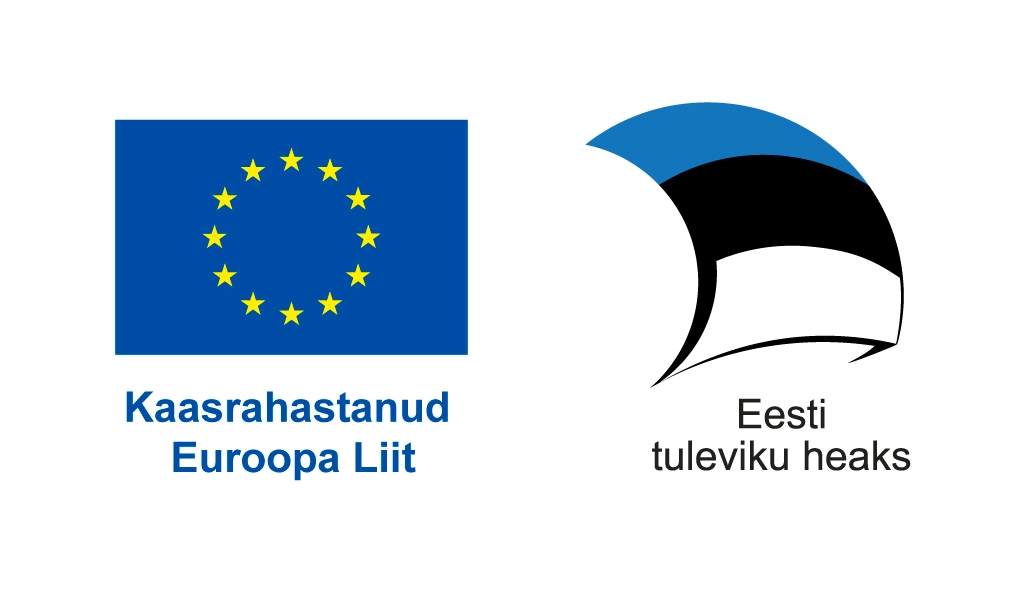The impact of physical activity on health gained attention in the 1950s, when it was discovered that people engaged in physical work (e.g. postmen, bus conductors) had a lower risk of heart disease compared to their more sedentary peers (1, 2).
Today, we know that in addition to heart disease, regular physical activity helps prevent stroke, high blood pressure, breast and colon cancer, type 2 diabetes, and osteoporosis (2, 3, 4). Regular exercise also helps reduce symptoms of depression and anxiety, and improves sleep, cognition, learning, and overall well-being (5, 6). It’s not only about working out — it’s also important to stay active throughout the day, as a sedentary lifestyle increases disease risk (4, 5).
Any physical activity is better than none, and more movement brings greater health benefits. In fact, the biggest health gains occur among those who are currently inactive but add even a small amount of activity to their week (2).
So, how much exercise should you do to reduce disease risk?
Let’s start simple. First, it’s worth finding ways to reduce sitting time. Some ideas:
Commute without a car. That way, you replace sitting with movement. Or, if you park 10 minutes away from work, you’ll easily add about 2,000 steps to your day.
Replace an online work call with a phone call — and take it while walking outside. Even face-to-face meetings can become walking meetings, indoors or outdoors. It’s said that Aristotle was known for teaching his lessons while walking (7).
After dinner, take a 10-minute walk with a loved one. It helps with blood sugar control and offers a moment to reflect and share how the day went (4, 8).
Secondly, it’s important to do strength training every week — specifically, to train all major muscle groups at least twice a week (6). In addition to the benefits mentioned earlier, strength training is crucial for maintaining and restoring bone density, especially in middle-aged women (9). You can do strength training:
at the gym (or outdoors in summer),
in a low-intensity group class (e.g. Pilates),
or at home (for example, following a video or app).
If you’re new to strength training, first learn proper technique and get your body used to the movements. Only then should you gradually increase the load. This reduces the risk of injury and helps you engage the right muscles. You can learn proper form online or with the help of a trainer.
Now let’s move on to the most well-known type: aerobic exercise — the kind that raises your heart rate, makes you breathe harder, and builds endurance.
Adults are recommended to do per week:
2.5 hours of moderate-intensity exercise,
or 1 hour 15 minutes of vigorous-intensity exercise,
or an equivalent combination of moderate and vigorous activity.
For greater health benefits, aim for up to five hours of moderate-intensity exercise or up to 2.5 hours of vigorous-intensity exercise per week (4, 6).
But what exactly is moderate and vigorous intensity?
Researchers have found that you usually don’t need any gadgets or measurements to gauge it — your own sense of effort reflects your heart rate surprisingly well (10).
You can use the modified Borg scale to rate perceived exertion (RPE) during exercise:
0 – no effort (resting)
1 – very light effort
2–3 – light effort
4–5 – moderate effort (somewhat hard)
6–7 – hard/intense effort
8–9 – very hard/intense effort
10 – maximal effort (as hard as possible)
Moderate intensity means your exertion feels like 4–5 out of 10. During moderate-intensity exercise:
You breathe a bit harder
You can speak in short sentences fairly easily, but can’t sing
You start sweating moderately around the 10-minute mark (4, 11)
Vigorous intensity means your exertion feels like 6–8 out of 10. During vigorous-intensity exercise:
You breathe deeply and rapidly
You can only speak a few words at a time before needing to breathe
You start sweating within a few minutes (4, 11).
Examples:
Moderate-intensity activities: brisk walking, relaxed cycling, social dancing, regular gardening. To meet the 2.5-hour goal, you could:
Attend one 2.5-hour dance event,
Do a 50-minute group class three times a week,
Walk or bike briskly to and from work for 15 minutes each weekday.
Vigorous-intensity activities: running, swimming, hiking uphill with a heavy backpack, intensive gardening (e.g. prolonged digging).
To meet the weekly goal, you can choose one or several activities you enjoy that total about 75 minutes.
However, since people differ greatly in fitness level, an activity that feels moderate for one person may feel intense for another. That’s why it’s best to go by how you feel — use this information to become your own best personal trainer!
Article reviewed by Lyfery medical consultant Dr. Kristiina Paju and University of Tartu Associate Professor of Public Health and Lyfery Chief Researcher Dr. Taavi Tillmann.
References
Morris N, et al. Coronary Heart Disease and Physical Activity of Work.The Lancet, 1953, 262(6796):1111-1120. Link.
Warburton DE, et al. A systematic review of the evidence for Canada’s Physical Activity Guidelines for Adults. Int J Behav Nutr Phys Act 7, 39 (2010). Link.
Shailendra P, et al. Resistance Training and Mortality Risk: A Systematic Review and Meta-Analysis. Am J Prev Med. 2022 Aug;63(2):277-285. Link.
Visseren, F. L. J., et al. 2021 ESC Guidelines on cardiovascular disease prevention in clinical practice: Developed by the Task Force for cardiovascular disease prevention in clinical practice with representatives of the European Society of Cardiology and 12 medical societies With the special contribution of the European Association of Preventive Cardiology (EAPC). European Heart Journal. 2021; 42 (34): (3227–3337) Link.
WHO guidelines on physical activity and sedentary behaviour: at a glance. Geneva: World Health Organization, 2020. Link.
40–65-aastase täiskasvanu tervise jälgimise ja haiguste ennetamise juhend. Tervisekassa, 2023. Link.
Thomas, E. Five philosophers on the joys of walking. Oxford University Press’s Academic Insights for the Thinking World, 2020. Link.
DiPietro L, et al. Three 15-min Bouts of Moderate Postmeal Walking Significantly Improves 24-h Glycemic Control in Older People at Risk for Impaired Glucose Tolerance. Diabetes Care 1 October 2013; 36 (10): 3262–3268. Link.
Watson SL, et al. High-Intensity Resistance and Impact Training Improves Bone Mineral Density and Physical Function in Postmenopausal Women With Osteopenia and Osteoporosis: The LIFTMOR Randomized Controlled Trial. J Bone Miner Res. 2018 Feb;33(2):211-220. Link.
Scherr J, et al. Associations between Borg’s rating of perceived exertion and physiological measures of exercise intensity. Eur J Appl Physiol. 2013 Jan;113(1):147-55. Link.
Mayo Clinic. Exercise intensity: How to measure it. Aug, 2023. Link

Lyfery pakub sulle personaalset ja sinu tervisekäitumisest sõltuvat elukindlustuse lahendust. Skandinaavia pangad seda endale lubada ei saa.

The project “Technological development, testing, and demonstration of components of a healthy lifestyle scoring model” has received €34,580 in development grant support.
As part of the project, a model was developed to assess healthy lifestyle habits, enabling the cost-effective offering of life insurance that supports healthier living. The goal is to create a scalable, health-promoting product that can be expanded across Europe.
As a result of the project, the Lyfery app now measures lifestyle-related mortality risk on an individual customer basis.